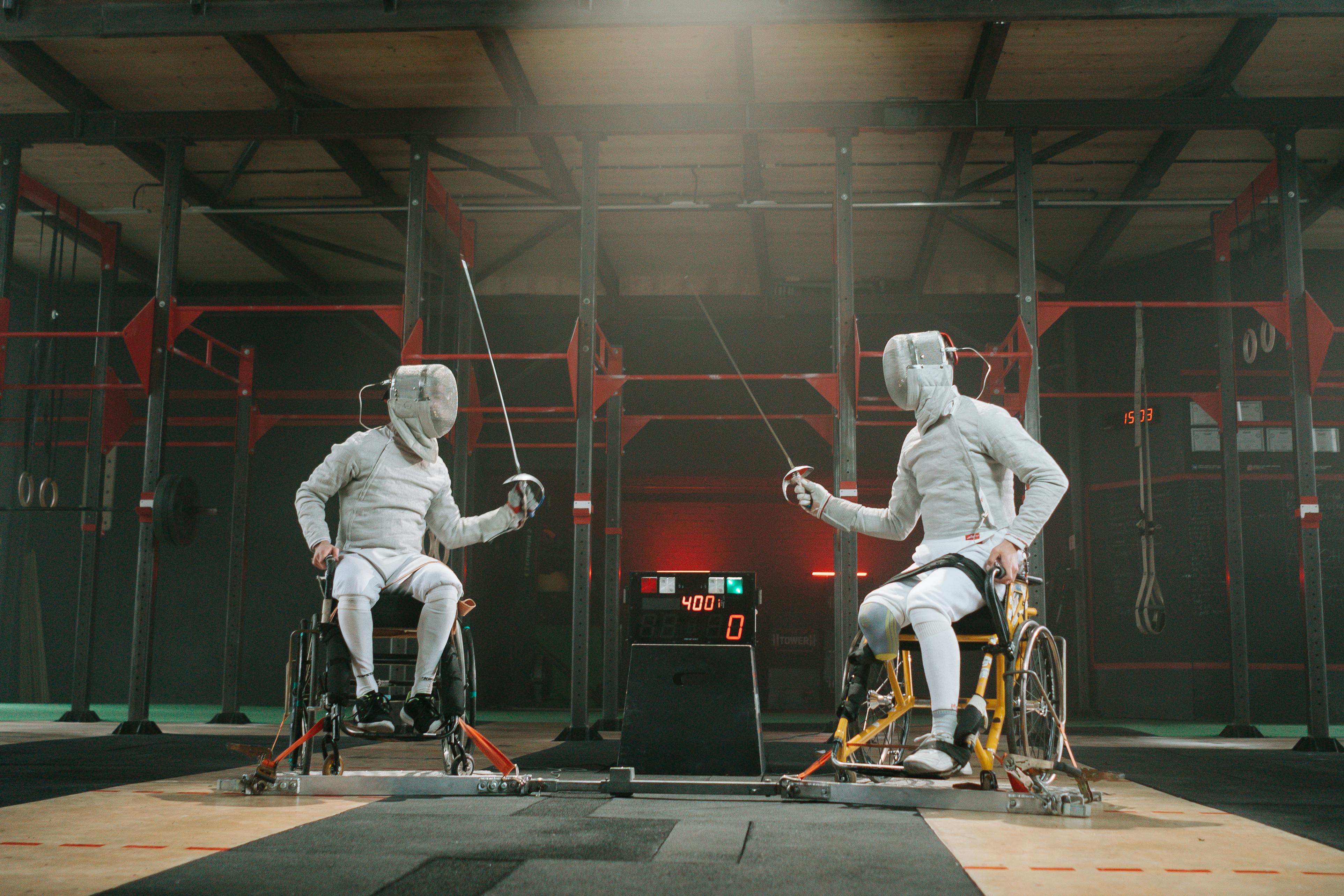"Unconventional Charm: The Rise of Industrial Chic in Home Decor"
Introduction: In the realm of home design, trends come and go, but some styles have the power to reshape the traditional aesthetic norms. One such groundbreaking movement is the industrial chic, a design philosophy that combines rustic simplicity with the grandeur of urban architecture. This article delves into the fascinating origins of industrial chic, its current relevance in home design, and how it enhances our living spaces with its raw, unpolished charm.

A Backdrop to Industrial Chic: The Birth of a New Aesthetic
The industrial chic design trend didn’t emerge from conventional design studios or high-end decor boutiques. Its roots trace back to the 1970s’ urban landscapes, particularly the abandoned warehouses and factories of New York City. These vast, vacant spaces, with their exposed brickwork, metal beams, and weathered wooden floors, were transformed into spacious lofts by artists and creatives seeking affordable living spaces. This marked the birth of the industrial chic aesthetic, characterized by its celebration of open spaces, raw materials, and functional elements.
Industrial Chic Today: The Marriage of Rawness & Elegance
Fast forward to the present, industrial chic has evolved from being a fringe trend to a mainstream design movement. Today’s industrial chic interiors skillfully blend raw, rugged elements like exposed pipes and ducts, distressed wood, and concrete with sleek, modern accents. The result is a striking balance between rusticity and luxury that creates a distinct, inviting ambiance. Despite its urban roots, industrial chic has found its place in homes across the country, from city lofts to suburban houses.
Practicality of Industrial Chic: A Design That Celebrates Authenticity
Industrial chic has gained popularity not just for its visual appeal, but also for its practicality. It encourages the reuse of existing structures and materials, reducing the need for extensive renovations. This design trend also celebrates authenticity, revealing the bones of a building rather than hiding them behind layers of plaster or paint. This honesty in design makes industrial chic a symbol of sustainability and a testament to the beauty of imperfection.
The Market Trend: Industrial Chic’s Rising Popularity
According to a report by Grand View Research, the global industrial style furniture market is expected to grow at a compound annual growth rate (CAGR) of 5.4% from 2020 to 2027. This trend is driven by increased consumer interest in unique, character-filled designs that break away from traditional aesthetics. The report also suggests that the industrial chic trend has significantly influenced the furniture market, with a growing demand for pieces featuring raw materials and vintage-inspired designs.
Enhancing Daily Living: The Impact of Industrial Chic
Industrial chic is more than just a design trend—it’s a lifestyle choice that influences the way we experience our living spaces. By embracing the rawness and authenticity of the industrial aesthetic, we invite a sense of openness and freedom into our homes. This design philosophy creates spaces that feel both expansive and intimate, offering a refreshing departure from conventional home decor norms.
Industrial chic is a testament to the evolving nature of home design, proving that with creativity and a keen eye for aesthetics, the old can be reimagined into something stunningly new. Its rise in popularity reflects a broader shift towards designs that celebrate authenticity, sustainability, and the beauty of imperfection. As we continue to explore and redefine our living spaces, the industrial chic movement serves as a reminder that in design, as in life, there’s a unique charm in the unconventional.






